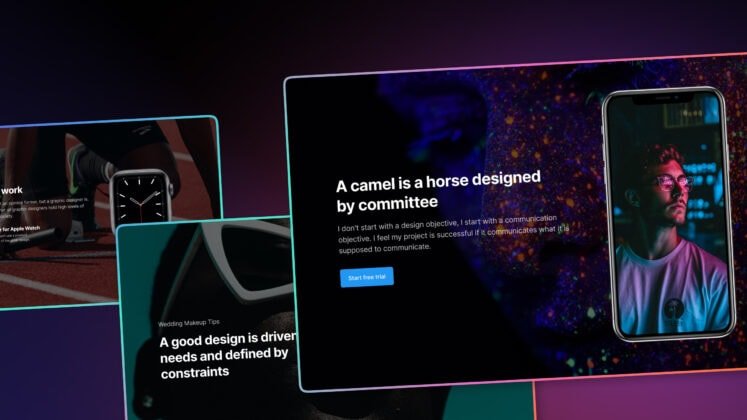-
Content Count
19,726 -
Joined
-
Last visited
Never -
Feedback
N/A
Posts posted by Rss Bot
-
-
-
-
All the latest iPhone Cyber Monday deals from the iPhone 13 Pro Max to iPhone SE and older models.
-
-
This post is originally published on Designmodo: Cyber Monday 2021 on Designmodo

We start the Cyber Monday sale! Apply coupon code CYBER at checkout and save 30%. Start to create websites and email newsletter templates today!
For more information please contact Designmodo
-
-
-
-
-
-
-
-
-
-
-
-
-
-
This post is originally published on Designmodo: 2021 Black Friday Deals for Designers, Developers, and Marketers

Halloween stuff is packed and put to the attic for the next trick-or-treating, and plastic pumpkins are pushed aside from store shelves. This means that the biggest shopping season of the year with all those Ho-Ho deals and Yule offers …
For more information please contact Designmodo
-
-
-
-
-



Surface Pro 8 Cyber Monday deals won't get better than this
in Ειδήσεις από τον χώρο του Design και Hosting
Posted · Report reply
Get the brand new tablet for under $900.
View the full article